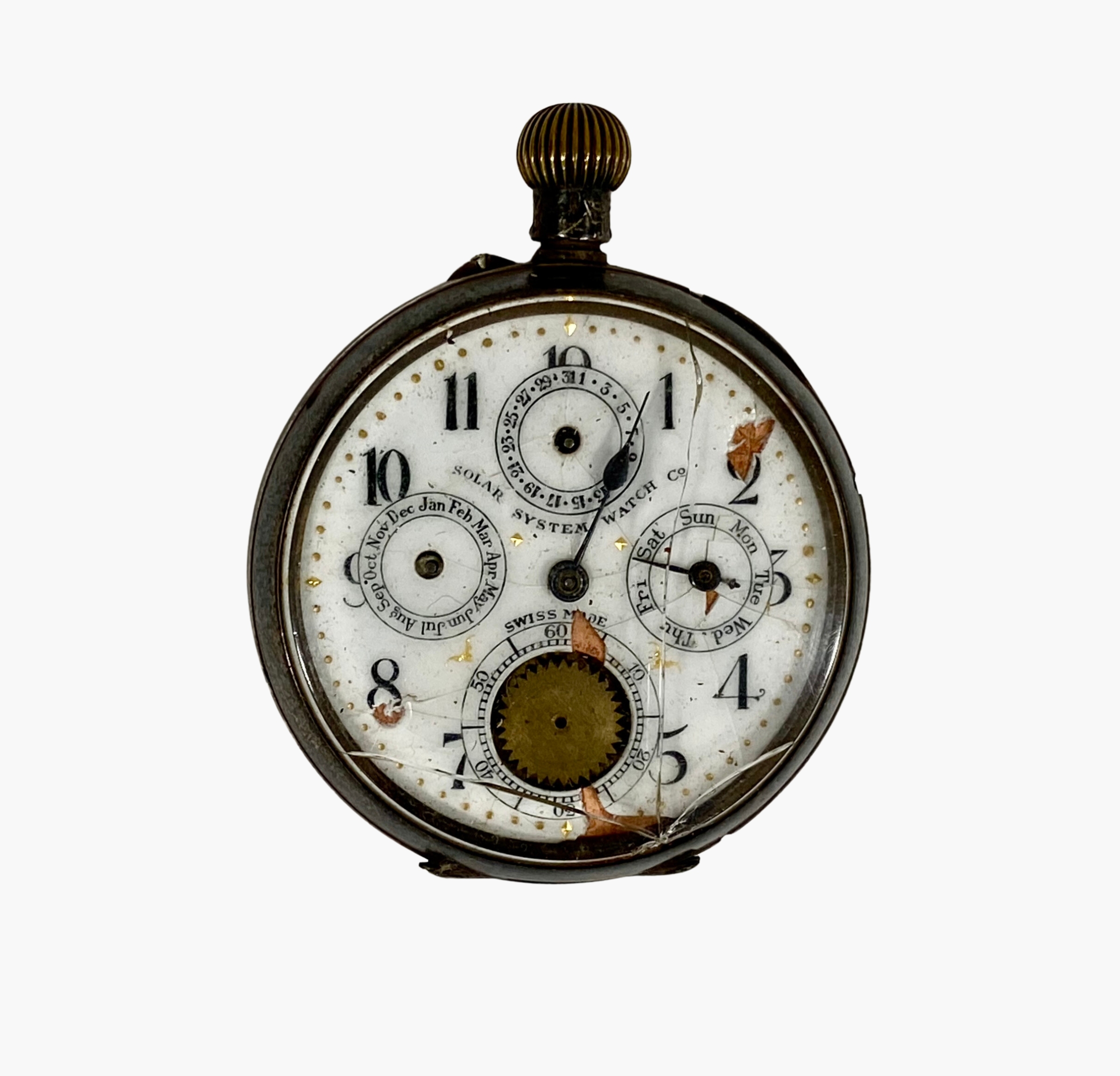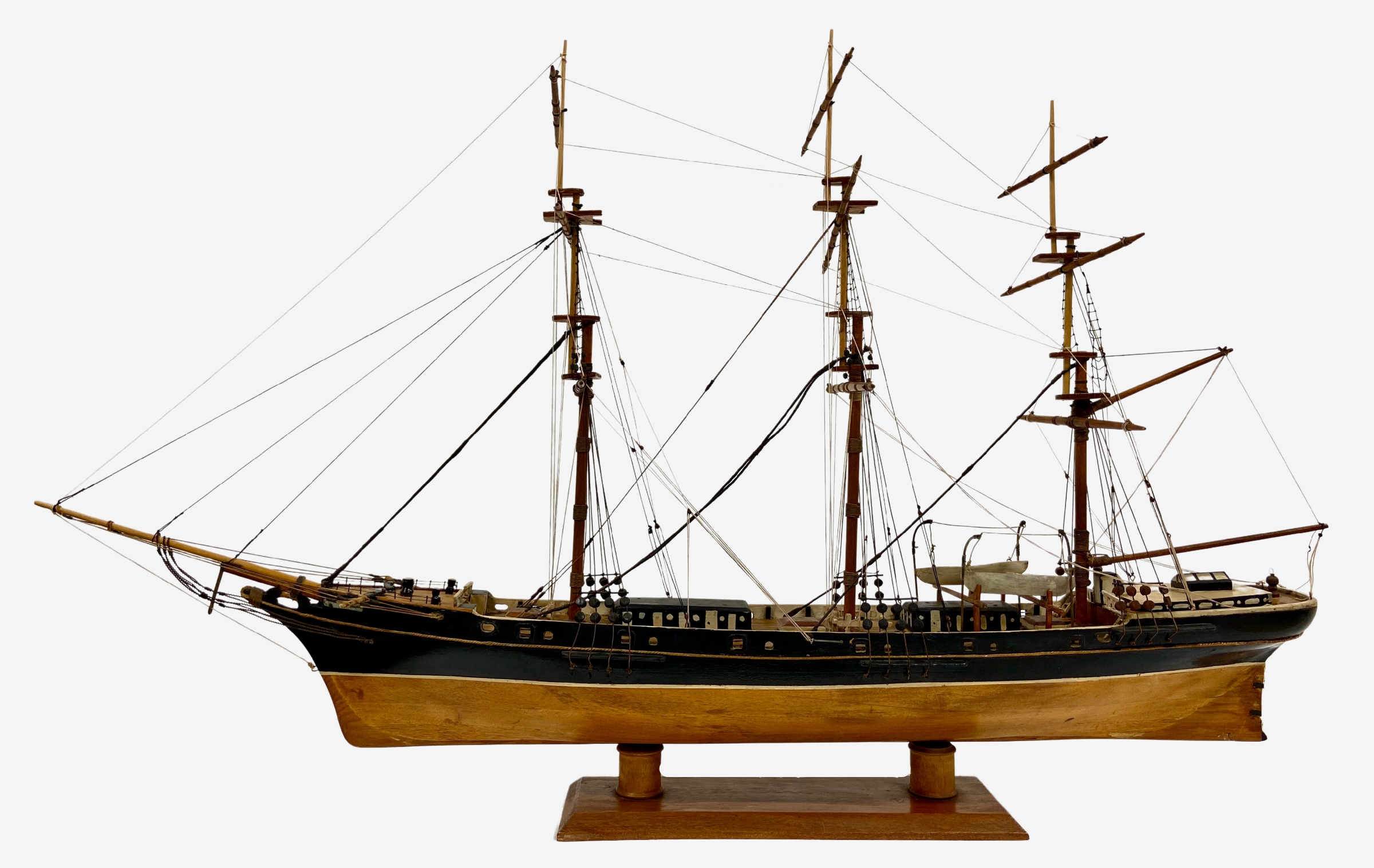A pocket watch owned by a daring maritime hero has gone on show to mark the 100th anniversary of his death.
The silver timepiece, which belonged to Cutty Sark captain George Moodie, is being exhibited in the town where his naval career began.
Also on display at Kirkcaldy Galleries is a print and a model of the celebrated tea clipper – the world’s fastest, sleekest ship when it was launched in 1869.
Cutty Sark’s cleverly designed hull meant it could be pushed harder than any other vessel and Moodie, born in the Fife village of West Wemyss, relished the challenge.
Moodie’s watch was donated to Dunfermline District Museums by the seaman’s Canadian grandson in the 1980s.
Hallmarks on the watch – last displayed 10 years ago – suggest it was made in Switzerland between 1888 and 1914.
Moodie retired from the sea at the age of 62 in 1891.
He began his four-year apprenticeship in 1849 on board The Maria, which was owned by Kirkcaldy Provost and shipbuilder Patrick Don Swan.
On completing his Master’s certificate in 1861, Moodie moved south and began an association with London ship owner John Willis, though Kirkcaldy remained the family home.
Moodie oversaw construction of the Cutty Sark at Dumbarton and was captain for its delivery passage to London before captaining its first three voyages.

The third, in 1872, was a legendary race against a rival clipper, Thermopylae, during which Moodie refused to stop for repairs – even when the rudder was lost and a temporary one used instead.
The incident led to a disagreement between Moodie and Robert Willis, the brother of the ship’s owner.
Willis had ordered Moodie to dock in Cape Town for repairs, but Moodie paid no heed.
Willis’ subsequent complaint resulted in Moodie resigning and moving back to Scotland and, for the rest of his long career, he sailed steam ships across the Atlantic, primarily from Scottish ports.
Moodie retired to Methil in 1891, where he is remembered for founding the local bowling club.
He moved to Auchtermuchty in 1911 and lies buried in Methilmill Cemetery.
Although Cutty Sark’s original function – sailing to and from China with tea – was made redundant by steamships and the Suez Canal, it achieved greater fame in a subsequent role.
The clipper, now berthed in Greenwich, went on to enjoy a decade of success as the fastest boat on the famed wool run between Sydney and London.
The Cutty Sark model in the display was made by William Thomson of Kirkcaldy in the 1960s.
The colour screen print by Ivan Polley was produced in 1979.

Kirke Kook, a curator with cultural charity OnFife, which runs Kirkcaldy Galleries, said: ‘Cutty Sark still attracts thousands of visitors to Greenwich every year – its legend lives on.
‘It is a privilege to commemorate its Fife-born first captain with our display.’
Cutty Sark is part of Royal Museums Greenwich, which also incorporates the National Maritime Museum, the 17th-century Queen’s House and the Royal Observatory Greenwich.
It reopened to the public in April 2012, marking a new chapter in the extraordinary life of the last surviving tea clipper and one of the world’s most famous ships.
Read more news on Scottish Field’s news pages.
Don’t miss the June issue of Scottish Field magazine.
TAGS

